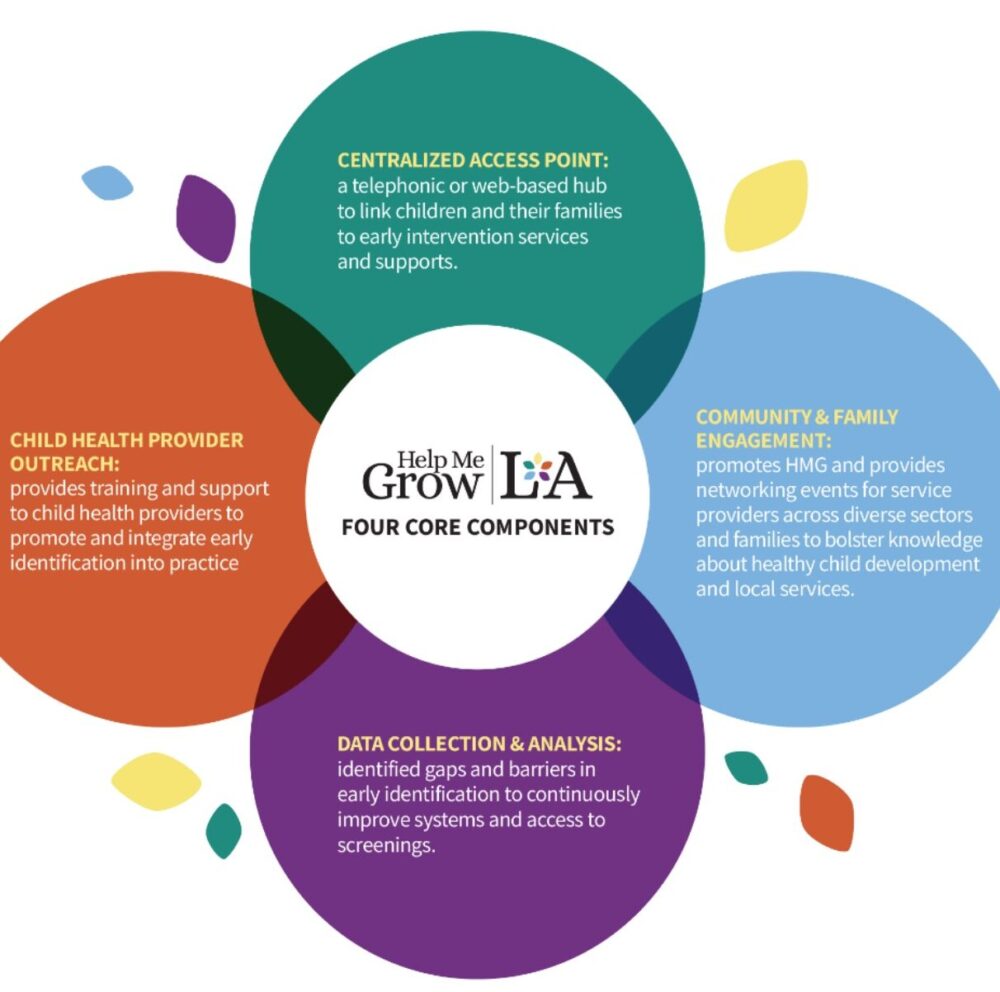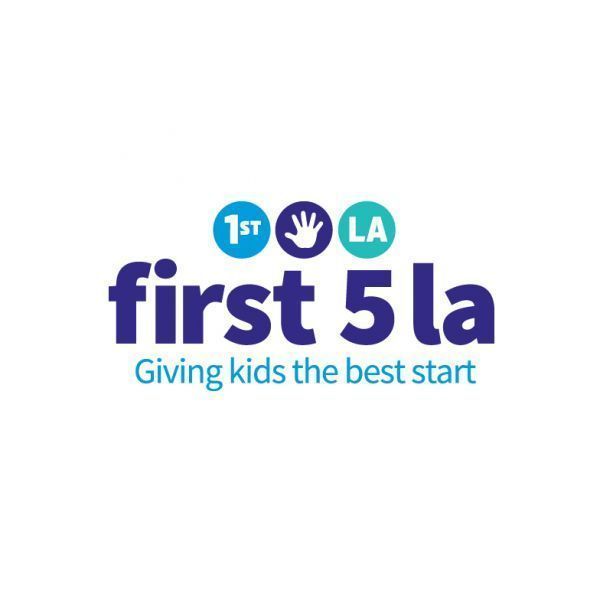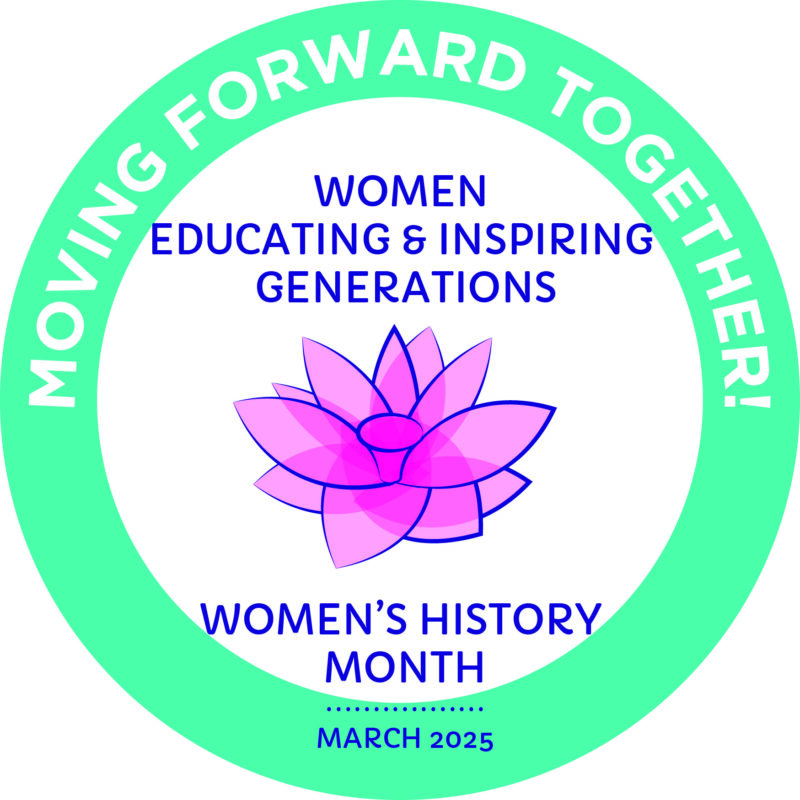May 26, 2022
Earlier this year, the American Academy of Pediatrics, with funding from the Centers for Disease Control and Prevention (CDC), published the years-in-the-making piece, “Evidence-Informed Milestones for Developmental Surveillance Tools,” giving an overdue update (the last set of guidelines were issued in 2008) to the national developmental milestone guidelines for young children. The guidelines are part of the CDC’s “Learn the Signs. Act Early.” campaign and are designed to support families in monitoring their child’s development and inform screenings and early intervention.
The theory of maturational development was first put forth in the early 20th Century by Yale psychologist Arnold Gesell who, after observing thousands of children, documented the expected skills and behaviors that correspond with specific age ranges. Since then, pediatricians and public health experts have built on the concept, developing checklists and screening tools to help ensure that children are developing at the same rate as their peers. The benefit of these tools is that those children who are not meeting the identified milestones can then qualify for early intervention services.
The release of the new guidelines set off a flurry of media coverage. While most outlets focused on explaining the updates and the why and how behind the changes, there were also a few conspiracy theories positing that the CDC updated the guidelines to cover up pandemic-related harm to young children. Such false claims, in turn, set off another flurry of pieces — including ones from Reuters, economist Emily Oster’s Parent Data and Salon — explaining why the revised guidelines and reports of developmental lags in children born during the first year of the pandemic are unrelated.
 The changes are significant. Possibly the most substantial revision involves realigning the milestones to reflect the skills and behaviors that 75 percent of children typically exhibit at a given age rather than the 50th percentile established under the previous guidelines. Use of the 50-percent mark in determining developmental milestones had promoted a “wait-and-see” approach when identifying potential delays in children, increasing the chances of a delayed diagnosis. As a result of the revised guidelines, children outside of the 75 percent are now more likely to be identified earlier and, if needed, receive early intervention.
The changes are significant. Possibly the most substantial revision involves realigning the milestones to reflect the skills and behaviors that 75 percent of children typically exhibit at a given age rather than the 50th percentile established under the previous guidelines. Use of the 50-percent mark in determining developmental milestones had promoted a “wait-and-see” approach when identifying potential delays in children, increasing the chances of a delayed diagnosis. As a result of the revised guidelines, children outside of the 75 percent are now more likely to be identified earlier and, if needed, receive early intervention.
Another significant change involves the addition of new social and emotional milestones, such as the age at which an infant should start smiling on their own to get an adult’s attention. In an interview with Psychology Today, the report’s senior author, Dr. Paul Lipkin, explained that the updated social-emotional focused milestones were added in part to help with earlier detection of autism.
“… Children with autism may have delays in social engagement and communication from an early age,” said Lipkin. “Prior milestone lists did not offer many social emotional milestones. We therefore gave extra attention to including markers of social development to aid in the early identification of this developmental condition.”
Research has shown that children who receive intervention early typically have more positive outcomes as they grow, especially for autism. The hope is that this section will help support parents who may feel that something is wrong but aren’t quite sure how to voice their concerns.
Additional changes include:
- Adding checklists for ages 15 and 30 months so that there is now a checklist for every well-child visit from 2 months to 5 years of age.
- Providing clinicians with recommendations for open-ended questions to use when talking to families about their children. For example, “Is there anything that your child does or does not do that concerns you?”
- Revising and expanding tips and activities for promoting child development and health.

Dr. Paul Dworkin, Founding Director of the Help Me Grow National Center
Response to the new guidelines has been mostly positive. In a blog post, professor and pediatrician Dr. Paul Dworkin, the founding director of the Help Me Grow National Center, voiced his enthusiastic approval of the updates. “The article accurately and clearly describes the integrated process of developmental surveillance and screening as best practice for developmental monitoring and early detection,” he noted.
Many pediatricians can often skip developmental screenings, despite their importance in early detection. The updated guidelines will help prompt those important conversations. First 5 LA — in partnership with the L.A. County Department of Public Health — recently launched Help Me Grow LA to support L.A. County families in navigating systems and connecting with resources, especially around developmental delays.
To help our readers learn more about the updated developmental milestone guidelines and their relationship to developmental screenings, as well as some of the preliminary findings on developmental delays related to the pandemic, we have compiled a short list of articles below. We also encourage readers to find out more about First.5 LA’s Help Me Grow LA by visiting www.HelpMeGrowLA.org or by calling (833) 903-3972.
- Washington Post: Developmental milestones just changed for the first time in years
- Motherly: CDC and AAP just changed developmental milestone guidelines for the first time in decades
- Help Me Grow National: Strengthening Developmental Surveillance to Enhance Developmental Promotion and Early Detection
- Psychology Today: Understanding Updated Developmental Milestones: An interview with Dr. Paul Lipkin
- PolitiFact: What To Know About The CDC’s Updated Developmental Milestones For Infants And Young Children
- Parent Data: New Developmental Milestones from the CDC
- Reuters: Fact Check-CDC and AAP review of childhood development milestones predated the COVID-19 pandemic
- The Atlantic: How the Pandemic Has Shaped Babies’ Development
- Mother Jones: Anti-Vaxxers Have a New Obsession: Keeping Your Kids From Seeing Their Doctors
- NBC News: Study finds slight developmental lag in babies born during pandemic
- Nature: The COVID generation: how is the pandemic affecting kids’ brains?









